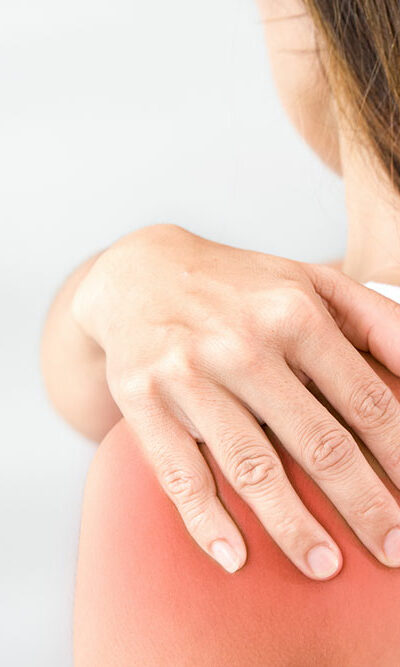
Home remedies that help relieve nasal congestion in children
Colds, flu, and allergic reactions are common causes of nasal congestion seen in infants, toddlers, and young children. Unfortunately, most of these conditions cannot be treated with the help of antibiotics alone. Instead, they need to be tackled with supportive treatment methods that help soothe symptoms and boost the immune system to fight the virus. Following are a few natural treatments and home remedies to ease nasal congestion and stuffiness in children. Clear out the mucus Nasal congestion is mainly caused due to the inflammation of the blood vessels that lie in the lining of the nose. In some cases, nasal stuffiness can also be attributed to increased mucus secretions. So, one way to tackle a stuffy nose is to clear out the mucus. If you are dealing with an infant, you may want to try out a nasal bulb. Nasal bulbs provide suction and gently clear up the build of mucus in the nasal passage. Try steam inhalation Steam inhalation is a popular and effective home remedy to tackle nasal congestion. The warm steam can help loosen thick mucus in the nasal passage and give the child much-needed relief. You can try giving the child a warm bath before bedtime. You can also get a steam machine. Use a humidifier Humidifiers are used to add moisture to the air. This helps prevent dryness that can lead to irritation. To tackle nasal congestion, you can try a cool-mist humidifier. This helps keep the air moist and reduces symptoms such as dry cough and stuffiness. Use humidifiers, especially at night, and try to keep them out of the child’s reach. Don’t forget to clean out the humidifier often, as mold can grow in wet and moist spaces. Chicken soup can help Another great home remedy for nasal congestion and stuffiness is chicken soup.










